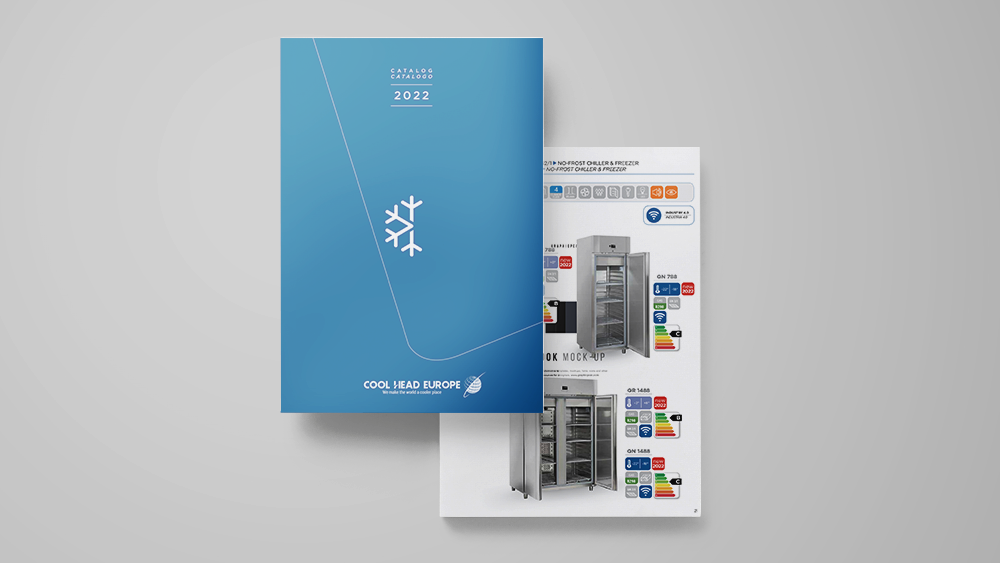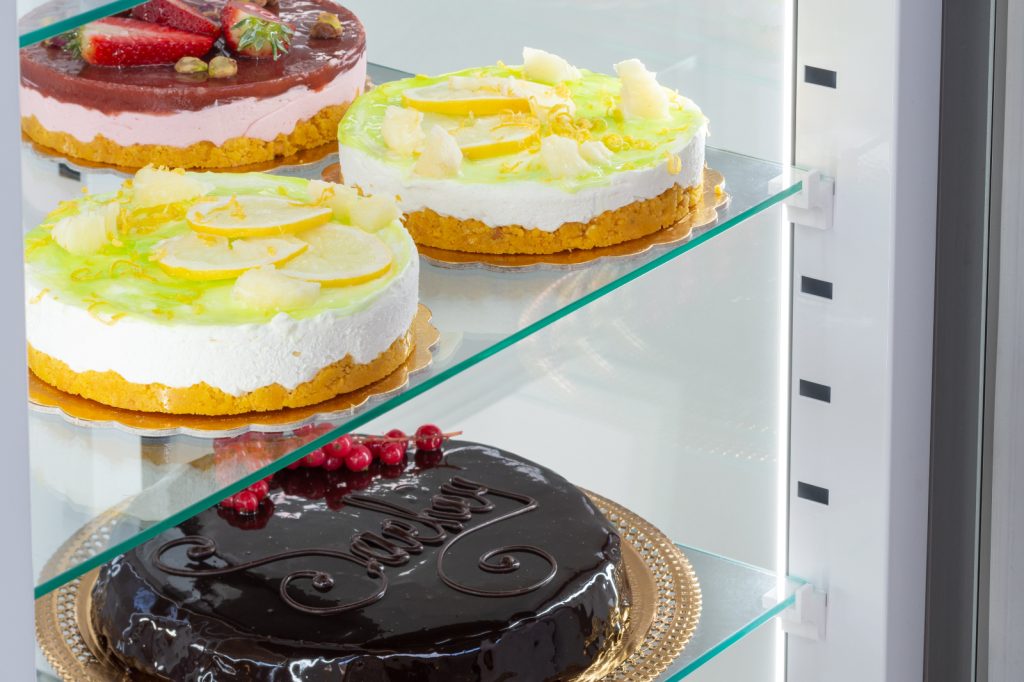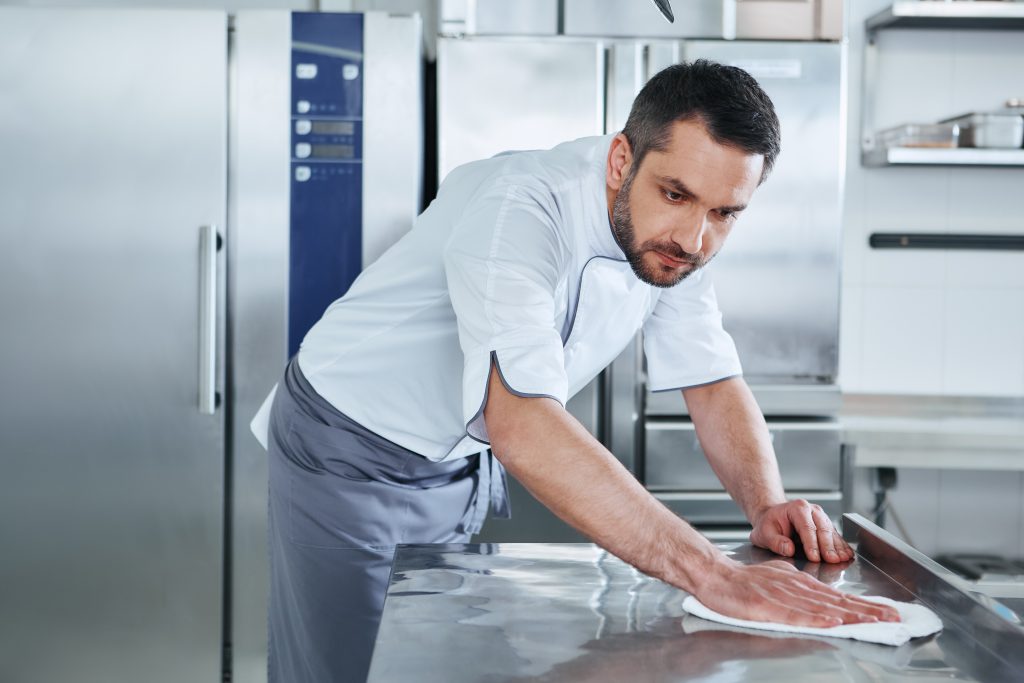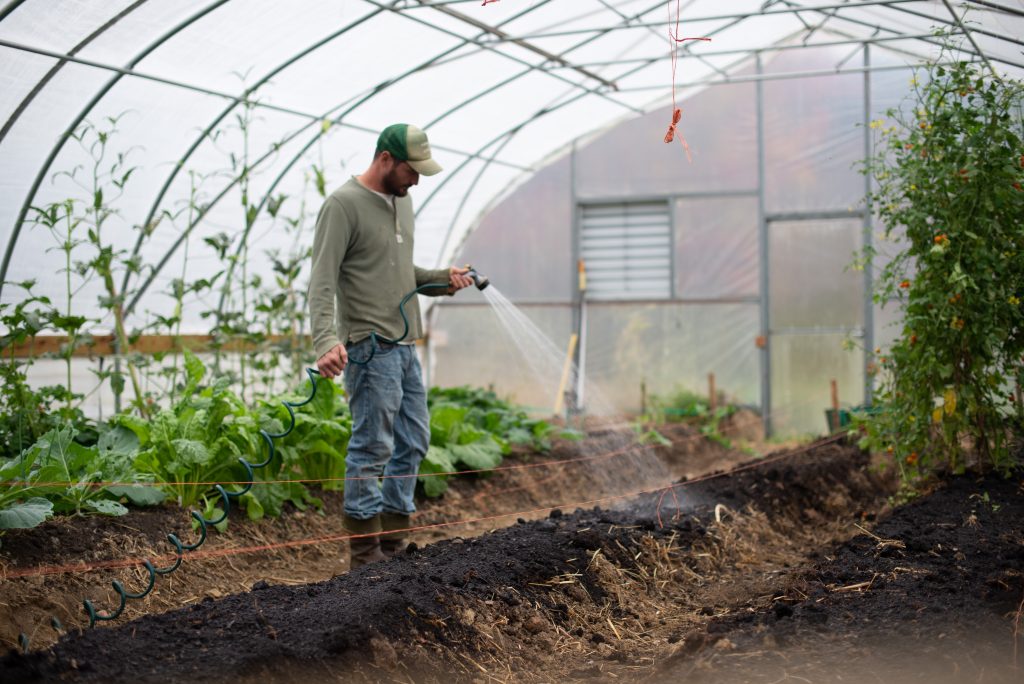The refrigeration industry is experiencing perhaps the biggest technological evolution in its history. The introduction of new refrigerant gases, energy efficiency and new technologies are the three main areas that make the difference between the past and the future of refrigeration in order to channel it towards sustainability.
What measures have we taken at Cool Head to help you be more efficient as a professional in the Horeca sector and at the same time more sustainable, and what little tricks can you implement in your day-to-day work?
What makes us sustainable at Cool Head?
Our refrigeration units are designed with the environment in mind, so here is a summary of the measures we have introduced in order to offer efficient equipment for the Horeca sector.
- Natural refrigerants R290 and R600
Our professional equipment uses natural refrigerant gases such as R290 and R600a, a key aspect in reducing CO2 emitted into the atmosphere and reducing the global greenhouse effect.
This is in line with the European Regulation 517/2014 or F-Regulation on fluorinated greenhouse gases, which aims to reduce the emission of gases with a high global warming potential (GWP). The goal is to reduce 2/3 of the emissions from these gases compared to 2014 levels and therefore the use of equipment using natural gases, such as R290 and R600a, is encouraged.

- Introduction of digital thermostats with Wi-Fi control
In our 2022 catalogue, we have introduced different models of blast chillers, tables and refrigerated cabinets that have a high-tech temperature and humidity control system (called Flex Panel) for professional equipment. This system controls and monitors the refrigeration unit through a Wi-Fi connection with the Connex application (APP). Once the equipment is connected to it, we can:
- Turn the unit on or off remotely
- Save its operating data for more than 30 days
- Detect any anomaly in the system

- High temperature and open door alarm in cabinets
Vegetables, fruit, fish, cheese, meat and seafood can be stored safely if you know the best temperature for them. For example, foods classified as “high risk foods” (meat, poultry, dairy, seafood, eggs, cold cuts and cooked rice and pasta) should be stored in a professional cabinet and kept below 5 degrees Celsius.
If these high-risk foods are kept below 5 degrees Celsius, this prevents them from entering the “danger zone”. The danger zone is the zone that provides bacteria with the environment to grow and multiply, causing food poisoning.
To avoid these problems, Cool Head equipment has been designed with a “high temperature alarm” and “door open alarm” to alert staff when a refrigerator or freezer is not operating at the proper temperature.

This alarm also helps to save energy, because it detects if the cabinet is running well or for example too hot, or improperly closed, which helps to reduce electricity consumption.
- Higher than standard insulation layer in refrigerated cabinets and refrigerated desks
Our range of refrigerated cabinets and refrigerated tables are fitted with a higher than standard layer of cyclopentane foam insulation.
Cool Head Europe’s range of refrigerated cabinets features the thickest cyclopentane insulation on the market, 60 mm per side, instead of the standard 55 mm. The range of cabinets also features an 85 mm per side foamer, instead of the standard 70 mm. This allows the equipment to reduce the energy consumption of our units and ensure the correct storage of foodstuffs.
Sustainability and you: tips to follow on a day-to-day basis
The hospitality industry has to adapt to integrate new trends and practices in sustainability that are increasingly demanded by consumers, such as: reducing food waste, integrating new returnable and reusable packaging, proposing new plant-based vegetable protein foods on the menu, offering new healthy options, sustainable amenities or efficient kitchens.
These are some of the things we can do in our daily routine to take care of refrigeration equipment (cabinets, counters and freezers), to reduce energy consumption and improve efficiency.
Follow these tips to save energy and extend the life of your equipment:
- Place refrigeration equipment in the right place, never near heat sources or in direct sunlight, as this will cause the compressor to have to work harder to maintain the temperature.
- Keep the equipment at the right temperature to reduce electricity consumption. The digital thermostat with Wi-Fi connection helps you monitor the temperatures of various equipment in the professional kitchen.
- Keep ingredients well protected: store them in suitable containers or vacuum-sealed storage bags.
- Clean equipment very frequently, this will prevent the build-up of bacteria or dust, which can affect its performance and the quality of the stored food. Check door weatherstripping, it gets damaged over time, and can be easily replaced. Why, did you know that weatherstripping is one of the best-selling spare parts?
- Establish a schedule for technical checks, even if the equipment is not malfunctioning. A general overhaul every 6 months is recommended to avoid serious problems with refrigeration equipment.



